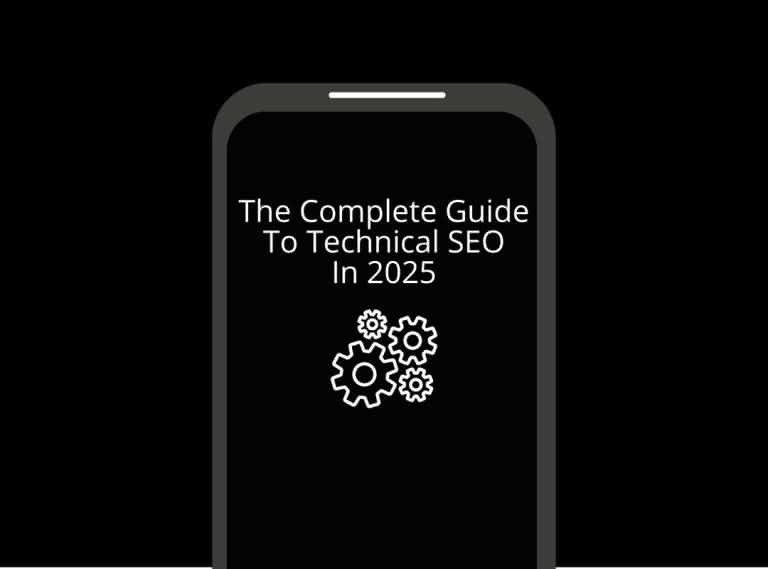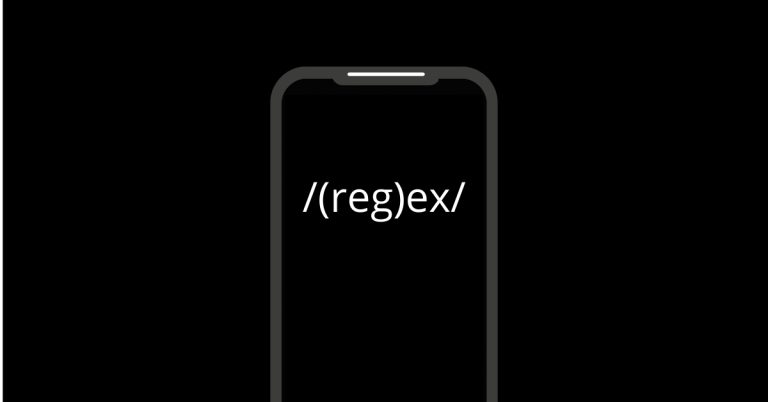Google’s removal of the &num=100 parameter in September 2025 has led to a significant and unprecedented drop in reported impressions in Search Console, affecting rank tracking, SEO insights, and industry workflows across the globe.
This development marks a fundamental change in how impression data is collected, interpreted, and leveraged by SEO professionals, with broader implications for reporting accuracy, tool reliability, and data-driven decision-making.
The &num=100 Parameter: What It Was
The &num=100 parameter was a query string feature in Google Search URLs, allowing users and technical SEO tools to surface the top 100 organic results for a given query in a single request. For years, this shortcut proved essential for rank trackers, visibility analysis, and mass-scraping platforms. It let them quickly compile complete SERP datasets, monitor site visibility far down the rankings, and fuel the metrics underpinning Search Console impression numbers.
The Sudden Change: September 2025
In mid-September 2025, Google disabled support for the &num=100 parameter, effectively limiting requests to just 10–20 results per page. The change rolled out between September 12 and 14, catching the SEO community off-guard.

Rank tracking platforms and reporting tools dependent on this mechanism saw immediate disruption, with the vast majority of queries beyond page two no longer properly reporting in Search Console or third-party dashboards.
Causes Behind the Drop in Impressions
The dramatic impression drop happened because Search Console—and the associated reporting tools—had previously counted bot-driven impressions for URLs ranked anywhere between #11 and #100 on a SERP.
These impressions, for the most part, did not represent actual user searches, visits, or intent. Instead, they were inflated by automated scraping tools using &num=100 to extract ranking data.
With the parameter removed, only authentic impressions (actual users) on the first few results pages are counted. This means:
- Sites ranking lower (positions 20–100) now report far fewer impressions.
- The average position on Search Console reports appears artificially higher, as long-tail “phantom” impressions vanish.
- Clicks and CTR remain largely unchanged, as human search behaviour is not affected.
Industry Reaction and Data Insights
Data from various SEO agencies confirms the pattern: some profiles lost as much as 50% of their previously reported impressions overnight, while click counts remained stable—proof that bots, rather than humans, were driving those lost impressions.
Typical Data Changes:
- Impressions: Down dramatically for most sites, especially those previously reporting deep second-page rankings.
- Average Position: Reported as higher, since lower ranks aren’t recorded unless users reach those results.
- Clicks: Unchanged, as real user search behaviour is not altered.
The Broader Technical Impact
For SEO platforms, the withdrawal of &num=100 means that collecting complete rankings requires 10X more requests—slowing tools, increasing server costs, and forcing operational changes. Smaller tracking providers may struggle with the tech overhead, potentially leading to increased prices or feature cuts.
Rank Tracking Disruption
- Tools reliant on scraping now need to adjust queries, split requests, and handle throttling.
- Most platforms confirm that so-called “ranking drops” is a significant a reporting are that must be explained to clients.
AI and Large Language Models
The change also impacts AI tools like ChatGPT, which accessed rich SERP data using &num=100. With only a limited set of results available per request, model quality and comprehensiveness may suffer, particularly for in-depth search analysis.
Interpreting Search Console Post-Change
SEO experts recommend focusing on actual user intent and clicks more than raw impression counts. Historical impression spikes—especially for URLs in positions 30+—should now be viewed skeptically and not benchmarked for future reporting.
Practical Guidance
- Expect impression metrics to stabilize at lower levels, aligned more closely with user behavior.
- Rely on clicks, average position, and conversion metrics for digital performance reporting.
- Explain to clients that the change represents “healthier” data, not a ranking collapse.
Why Google Made the Change
Google has not issued an official explanation, but consensus points to several reasons:
- Reducing SERP scraping and bot pollution in Search Console and ranking tool.
- Improving reporting accuracy for actual user searches, not automated requests.
- Combating the use of SERP data in training AI and for abusive automated monitoring.
The End of the “Impression Boom”
Many SEO practitioners believed the 2024–2025 impression surge was tied to emerging features like AI Overviews. This event, however, revealed that much of the “boom” was bot-driven, breaking the illusion of newfound organic reach created by large amounts of artificial impressions.
Adjusting Strategies for the Future
Modern SEO reporting should be grounded in actionable metrics, not inflated by technical quirks. Moving forward:
- Consider updating executive dashboards and client reports to reflect the reality of post-&num=100 data.
- For advanced rank analysis, develop strategies to log ranking changes without relying solely on impression counts.
- Inform stakeholders that these changes bring more transparency and accuracy to search data.
Action Steps
The &num=100 update represents a major moment in SEO history, calling for new habits, tool improvements, and better communication with clients. The “Great Decoupling” of impressions and real user intent doesn’t mean loss of visibility—it marks a healthier, more meaningful search ecosystem.
Ready to regain clarity and deliver smarter SEO insights? Get in touch with Better Ranking to review reporting and adapt your strategies.



